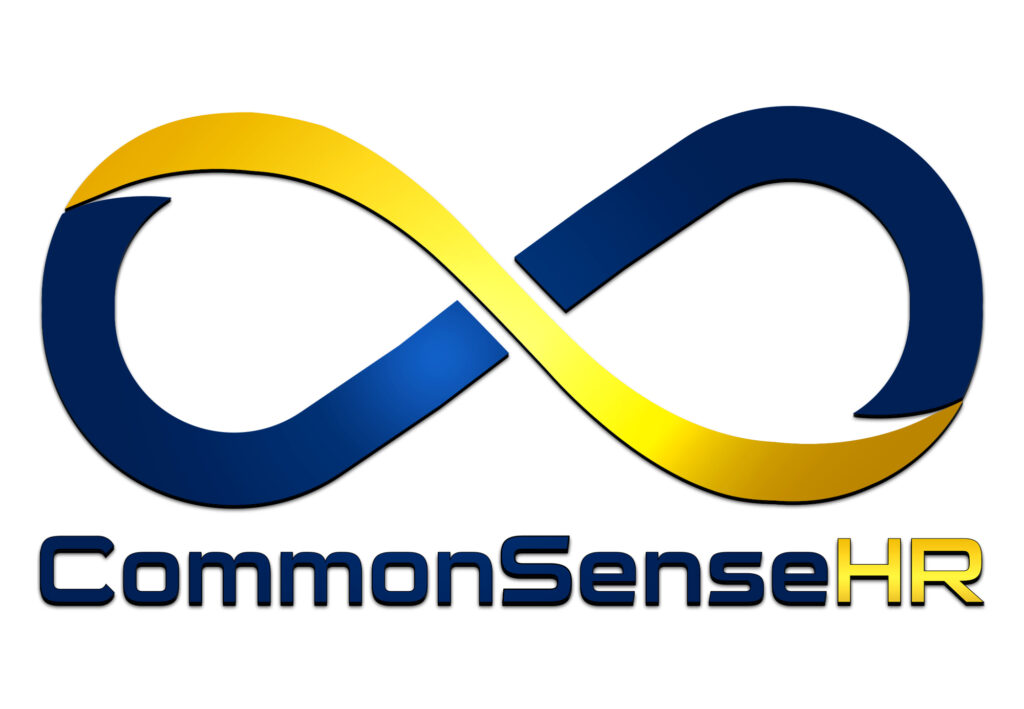Research suggests that when people with different perspectives come together in the workplace, they will inadvertently tend to “gloss over their differences.” in an attempt to create group harmony.
For the organization to benefit from diversity in the workplace though, these differences should actually be acknowledged and highlighted and not swept under the carpet. This requires team members to consciously and intentionally understand and be able to take the viewpoint of others, as well as their own into account, since it is only by recognizing and honoring these differences that the organization can benefit from them.
Homogenous team members find it easy to understand each other and the resulting collaboration between “like-minded” workers can give the impression that a team is working well together. One of the many biases that feeds this dynamic is known as confirmation bias. Wikipedia describes this kind of bias as the tendency to search for, interpret, favor, and recall information in a way that confirms one’s pre-existing beliefs or hypotheses, while giving disproportionately less consideration to alternative possibilities.
Although it is more difficult to practice diversity and inclusion in the workplace, it is this very thing that helps to make organizations more innovative and successful in the long run.
As companies become more aware of the benefits of practicing diversity and inclusion, they are attempting to recruit and retain a more diverse workforce. To be effective in this endeavor however requires an organization to be aware of and to mitigate the effects of another bias known as “affinity bias.” This is where the recruiter unconsciously favors candidates they are most comfortable with when interviewing.
This particular unconscious bias affects not only who gets hired, but it also extends to how teams are encouraged to collaborate since, when conflict is observed, it can be taken that a team is not getting along, but it can be these very differences that can potentially lead to better results.
One underlying factor that predisposes us to like attracting like is something called the fluency heuristic. This is a form of unconscious bias that causes humans to prefer information that can be processed easily and smoothly. That which is familiar to us is often easier processed without much effort than that we are not as familiar with and therefore we tend to default to what we have based our decisions on in the past, the tried and “not always” true.
The bottom line here then is to capitalize on diversity means that we need to be highlighting and not hiding from our differences.
Having said all this, although practicing diversity requires that participants are allowed to have and share different ideas, it is equally important that their fundamental values are similar. Overcoming differences in values, no matter how well intentioned the participants may be is very difficult. In order for business leaders to see the real value in practicing diversity and inclusion, it needs to be explained that practicing these behaviors go well beyond it being perceived as a social obligation though. Practicing diversity and inclusion is also becoming more and more critical in the changing economy of today where innovation is of significant importance for an organization to remain competitive.


